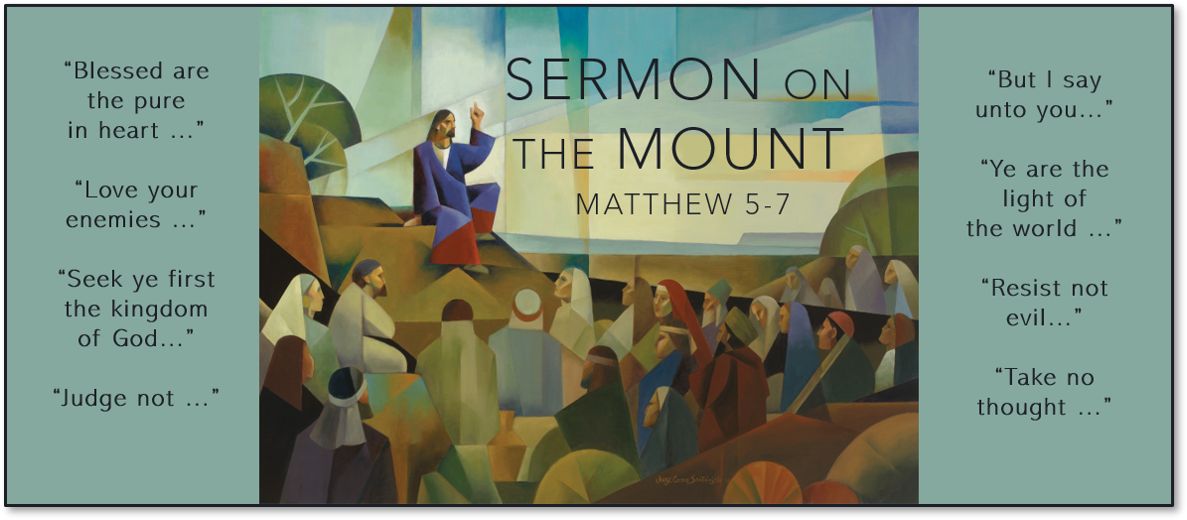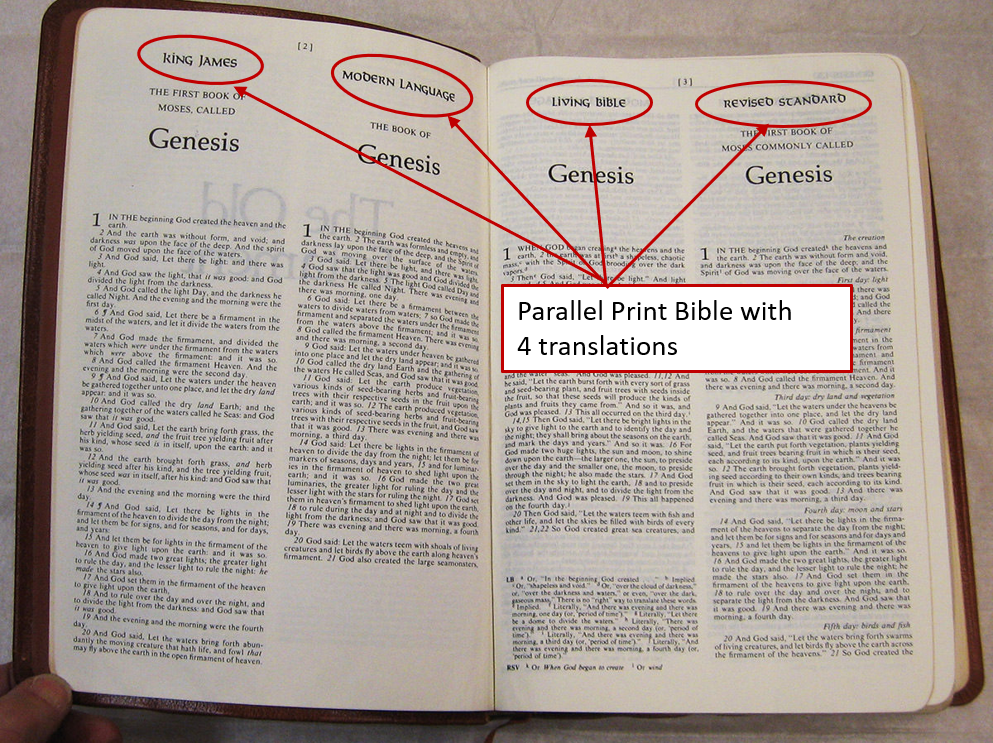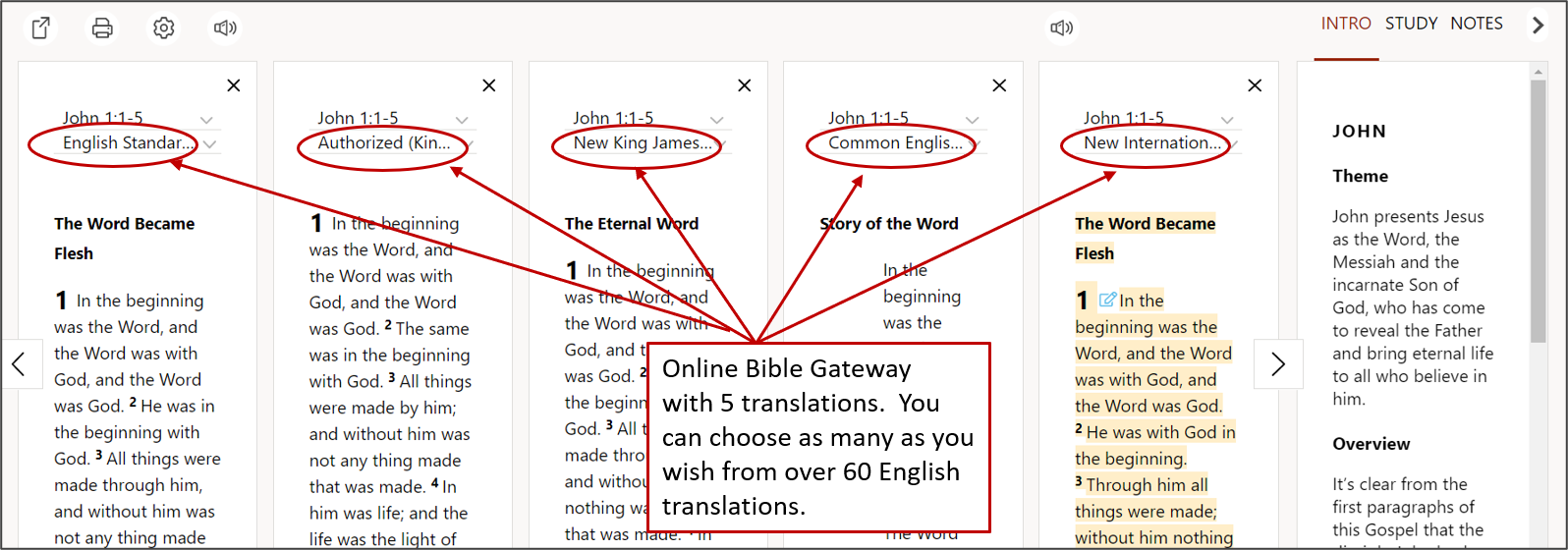
Joel has called the Sermon on the Mount “the greatest message ever given to the world.” His revelations on the Sermon on the Mount are largely captured in Part 3 of The Thunder of Silence, Chapters 10 through 19. Joel once said that this part of the book could be taken up separately, and this is the focus of our current study program.
We will hear eight of the recordings that provided source material for Part 3 of The Thunder of Silence, which means that the study program will go for four months. We will also post related recordings from time to time for optional study. Over the four-month course of the program, we suggest that at your own pace, you:
The recordings we play in our study sessions will complement your individual study.
We will hear the recordings in their chronological sequence so that we can see how the message evolved over time as Joel integrated the revelations that came to him. However, the chronological order of the recordings does not match the order of the chapters, so the recordings will primarily be an anchor around which individual study can take place.
As usual, after we hear a recording for the first time, we will post that recording in the Study Center and on the telephone recordings line for ten weeks, and you can listen to it any time at your convenience. We are most grateful to Sue Ropac, on behalf of Joel’s estate, for permission to post these recordings during our study program.
To access the “Recordings and Study Materials” page, click/tap here.
The classes we will hear in our study sessions are from Joel’s work in 1956 and 1957. In some of those classes, Joel remarks that his revelations on the Sermon on the Mount came in a startling and unexpected way during a class in 1956, and that before that time, he did not speak about the Sermon because he did not understand it.
However, there are three classes from the 1954 Honolulu Closed Class in which Joel focuses on the Sermon on the Mount. We do not know why he doesn’t mention these. Perhaps he did not consider them to be sufficiently deep revelations, or maybe they simply did not remain in his awareness. All we know is that these earlier classes are in the library of recordings, and they provide some helpful lessons. Sometime during the study, we will post these three classes from 1954 on one page for optional listening.
If you have not already done so, this might be a good time to explore an online Bible study site for reading, contemplating, and studying the Sermon on the Mount. These sites offer many valuable features that can enhance Bible study.
Bible Gateway
Our favorite is Bible Gateway. Bible Gateway offers over sixty English translations of the Bible, as well as translations in other languages. One of its many features is that it allows you to select several translations that you like and view them side-by-side, just as you do with a parallel print Bible.


Reading several translations in parallel can be very helpful. Once Joel was asked about using Bible translations other than the King James Version. He responded,
“As far as I’m concerned, my favorite version of the Bible is the King James Version. I love its beauty and its poetry. And whatever I have caught of biblical understanding has come to me from the King James Version. On the other hand, I have all of the versions that are available, including the New English Bible, and I have found them useful in this way: When I am working with a particular passage or story of scripture, I find it very interesting to turn to these other versions, to see how they present it, and sometimes from one version or another, you get quite a different slant. And so, just for comparison or just for clarification, I often find it handy to refer to these other versions to get their view. And I have, on many occasions, caught something worthwhile in doing that. …
“If you really want to know the Bible; if you really want to study Scripture; what could be more wonderful than any one of these, or all of these [translations] along with the King James? And certainly, these should be studied with concordances and probably with cross-index concordances, for those who really want to make something of scriptural study.”[1]
Of course, the search function on an online Bible site can do one of the major jobs of a concordance. You can enter any word or phrase, and the search tool will produce a list of all the places in your selected Bible translations where that word or phrase appears. You can filter the results by Old Testament or New Testament, or even by specific book.
Options for Using Bible Gateway
You can use Bible Gateway without an account. They also offer a free account, which gives you additional features: writing and saving personal notes, highlighting and bookmarking Bible passages, syncing your notes across multiple devices, and more. And, for a small monthly fee, you can subscribe to a version called Bible Gateway Plus, which removes banner ads and provides unlimited access to reference books.
Audio Bibles
If you would like to listen to a reading of the Sermon on the Mount, Bible Gateway offers audio listening at https://www.biblegateway.com/resources/audio/ You can choose from several translations and for some translations, you can choose from different reading voices.
Many other sites offer audio Bibles as well. Simply do an internet search for “audio Bible.”
[1] Recording 399A: 1961 Los Angeles Closed Class, “The Function of Mind.”
Goldsmith Global – Joel Goldsmith Infinite Way
Copyright © 2025 | ACS Quantum Design
